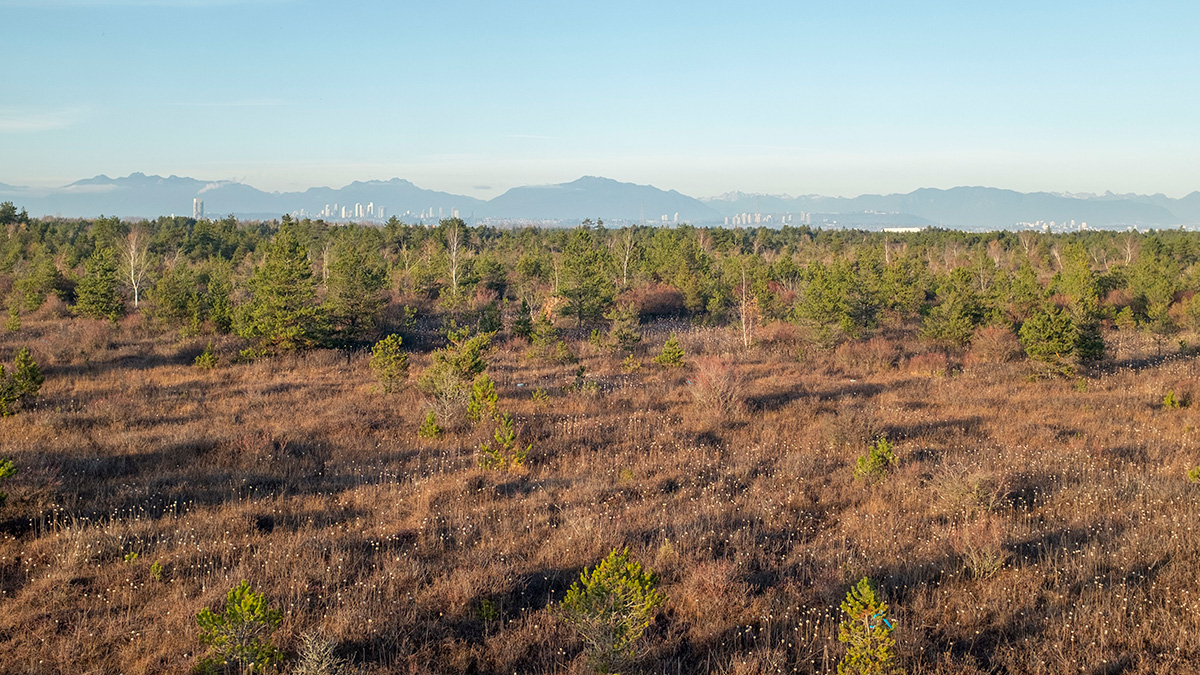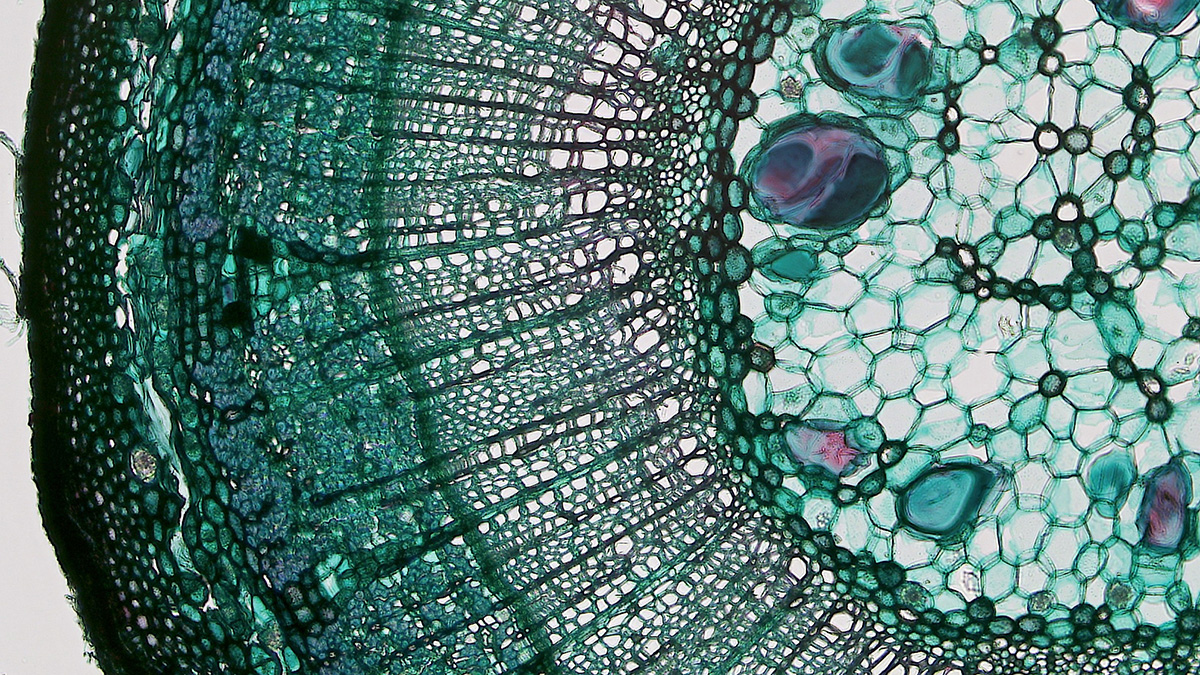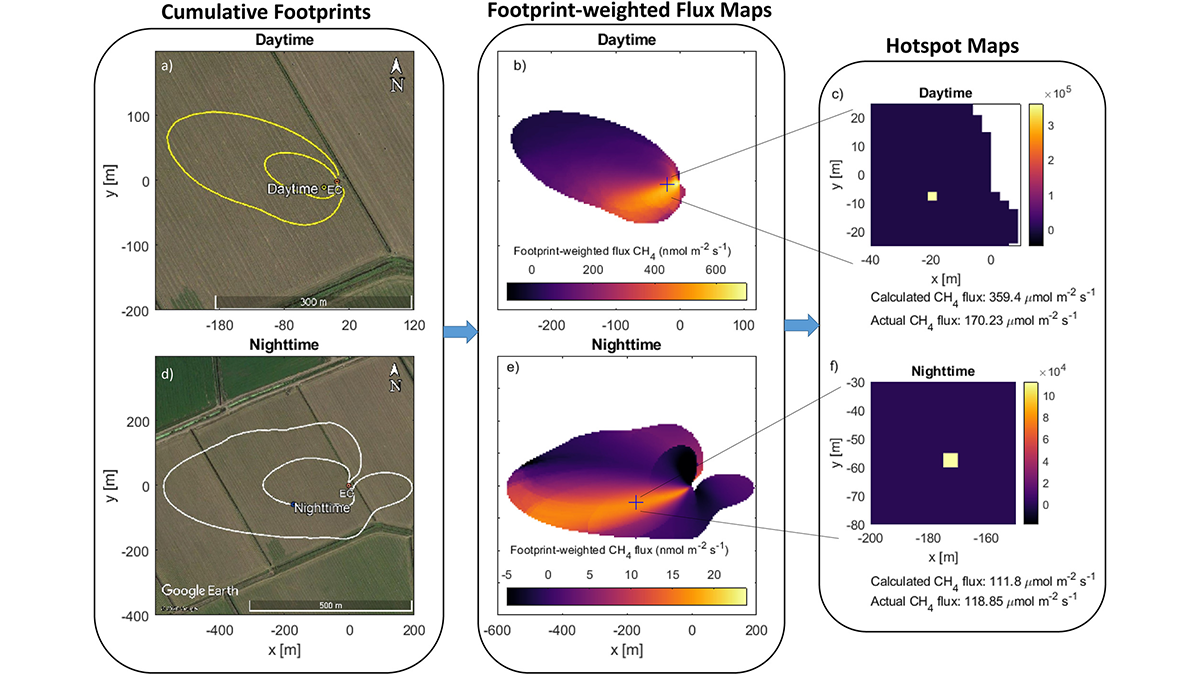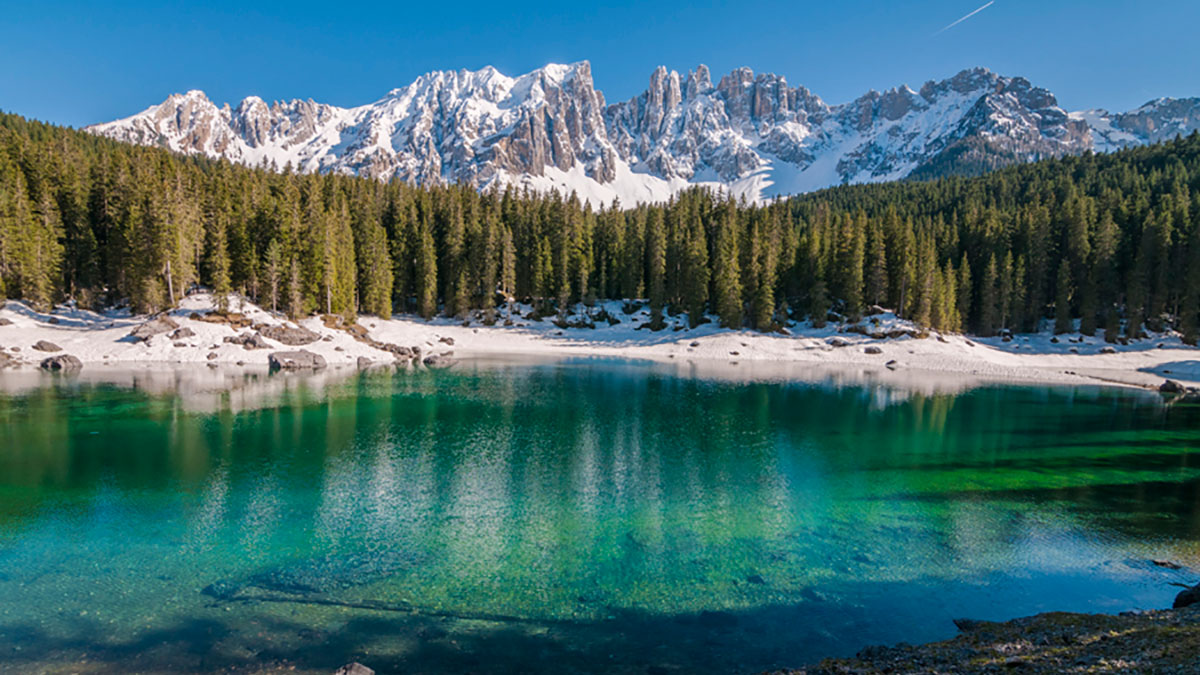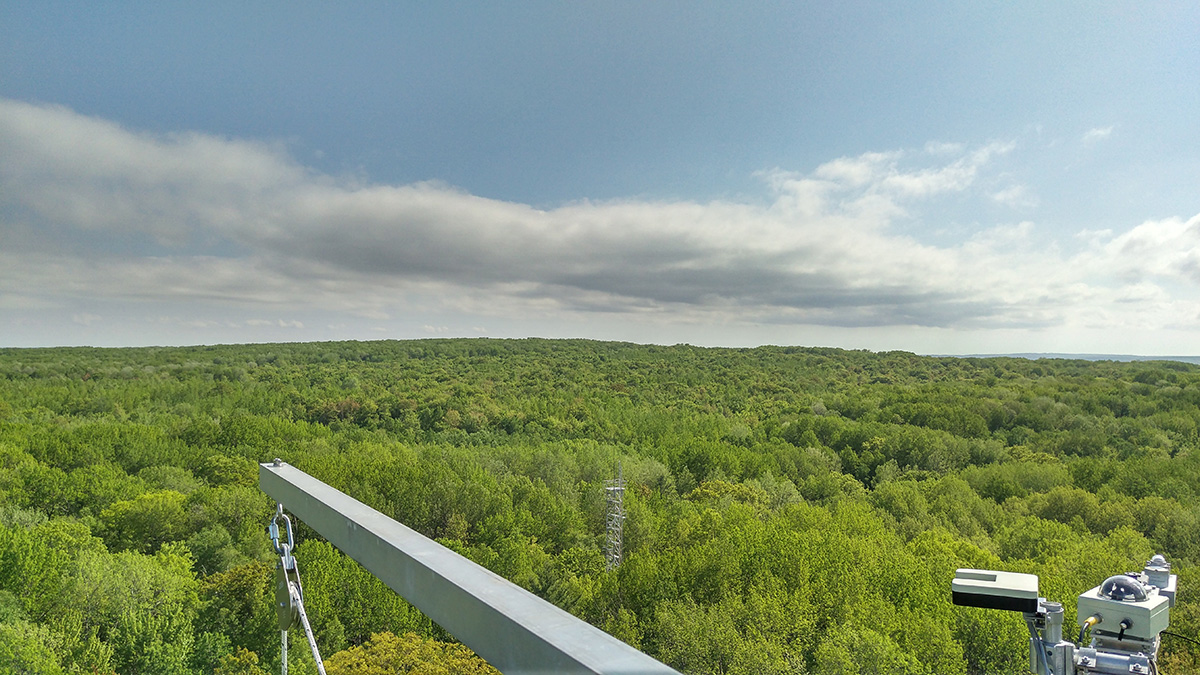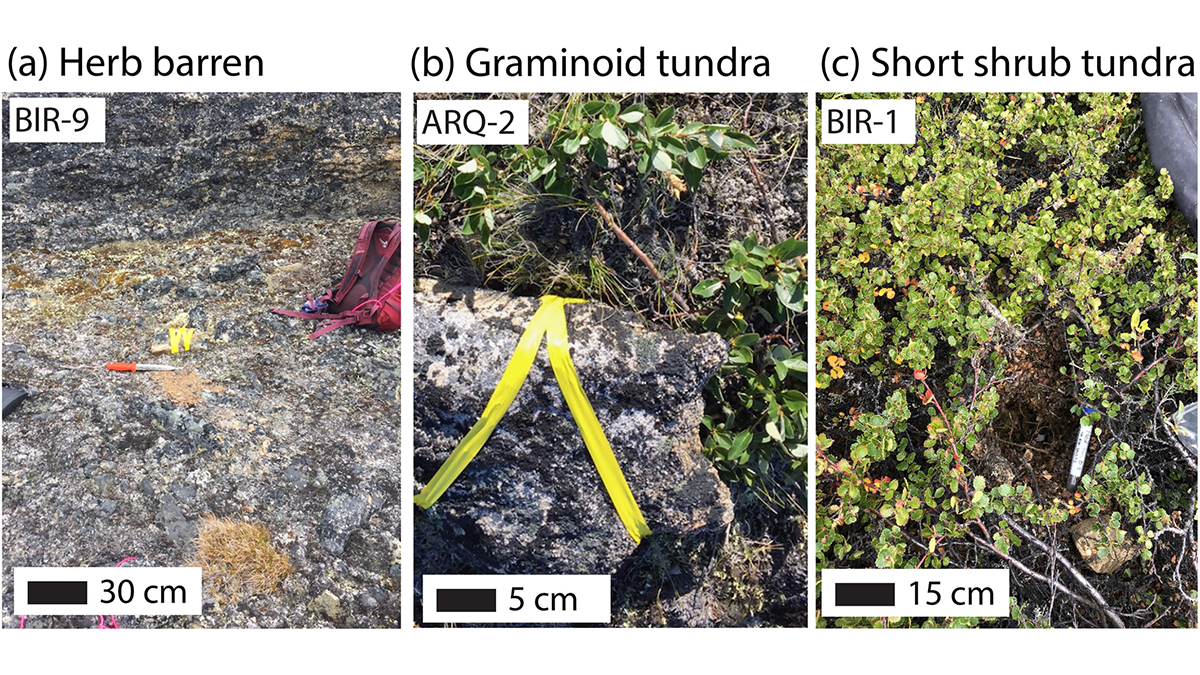Rewetting bogs can increase methane emissions in the short term, but ultimately the approach helps restore peatlands and create larger carbon sinks.
Journal of Geophysical Research: Biogeosciences
Plants Need a Lot of Power to Pump Sap
A novel calculation reveals how much power plants need to move water through their stems—and how plants gain energy from the process.
Optimizing Competing Instrument Needs with an Objective Metric
Intrinsic dimensionality can quantify the level of information obtainable for various possible instrument configurations.
Sleuthing for Culprits of Greenhouse Gas Emissions
A new approach to detect hot spots of methane emissions with eddy covariance flux towers proves to be a worthy contender.
Earth’s Lakes Emit Less Methane Than Previously Thought
Although the total surface area of Earth’s lakes emits less methane than previously believed, it is still among the largest natural methane sources.
Using Sap Flow to Infer Plant Hydraulic Properties
The internal hydraulic properties of plants are difficult to measure but may be inferred from observable sap flow.
Una nueva perspectiva sobre la vida microbiana en las aguas termales del Parque Yellowstone
Una investigación sobre los rangos de hábitat de microorganismos en las fuentes hidrotermales del parque nacional Yellowstone muestran condiciones ambientales propicias para la interacción entre cianobacterias y algas.
How Forest Structure Drives Productivity
Data from northern Wisconsin forest sites uncovered that vertical heterogeneity metrics are the most influential factors underlying rates of photosynthesis.
It’s Cool to be Short When You’re in the Arctic Permafrost
Extensive ground temperature measurements complicate our understanding of how vegetation cover, snow duration, and microtopography influence the pace of permafrost thaw in a changing climate.
A Future Without Ice Cover
Winter is fading away, but the answers may be beneath the ice; a new collection on winter limnology tackles the unknowns.

